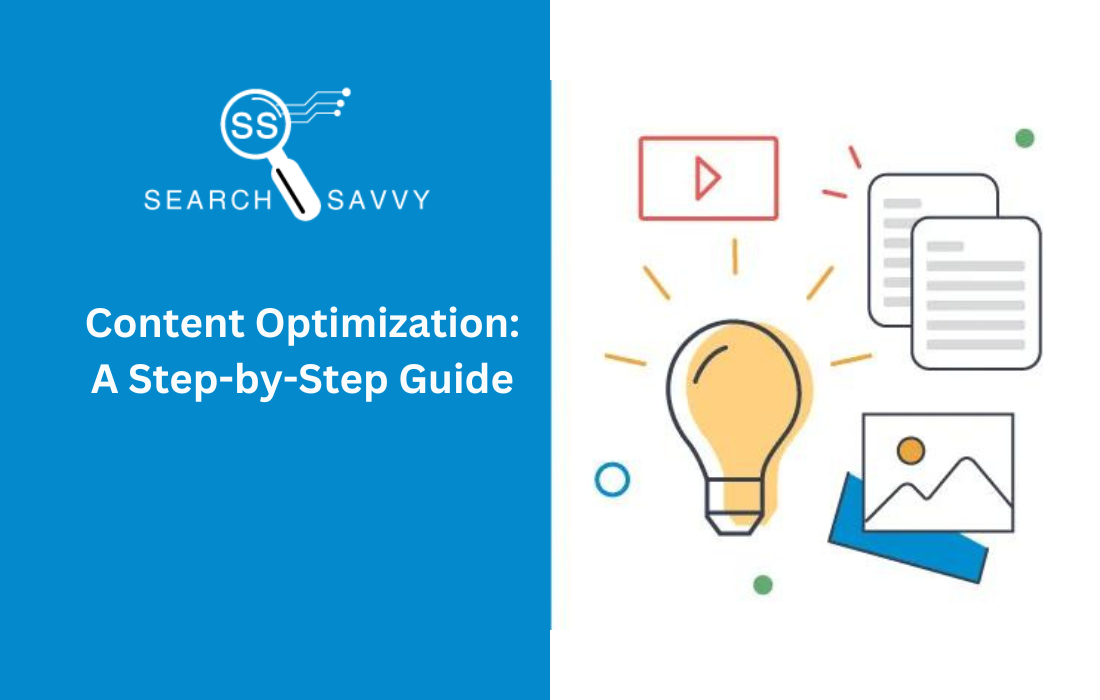Even the best-performing SEO content loses traffic over time. Algorithms evolve. Competitors publish better content. User intent shifts. And your once-ranking blog post ends up buried on page 3.
Enter the SEO content refresh strategy—a systematic way to revive and future-proof your old content, improve rankings, boost CTR, and regain lost visibility.
According to HubSpot, refreshing old content can increase traffic by up to 106%.
What Is an SEO Content Refresh?
An SEO refresh is the process of improving, expanding, or updating an existing web page or blog post to make it more relevant to current search algorithms and user intent.
It includes:
- Updating facts, links, stats
- Enhancing keyword targeting
- Improving formatting and UX
- Adding schema and internal links
- Optimizing for current SERP features (featured snippets, SGE, etc.)
Why Refreshing Content Is a Powerful SEO Lever
- Quicker wins than publishing net-new content
- Reuses existing URL equity and backlinks
- Aligns outdated posts with current search intent
- Helps reclaim lost rankings and impressions
📈 Content refreshes are one of the highest ROI actions in SEO.
When Should You Refresh Content?
Here are clear signals that a page needs updating:
1. Organic Traffic Has Declined
Use Google Search Console or GA4:
- Track page performance over 6–12 months
- If impressions or clicks dropped significantly, it’s time to refresh
2. Rankings Are Stuck or Dropping
Use Ahrefs, Semrush, or Search Console to spot:
- Keywords that lost top 10 positions
- Pages slipping from #3 to #8 or worse
3. Information Is Outdated
- Out-of-date tools, stats, pricing, or screenshots
- Broken links or references from 2+ years ago
- Year-based content (e.g., “Best SEO Tools in 2022”)
4. The Post Is Thin Compared to Competitors
- Your page has 700 words
- Top competitors have 2,000+ words, visuals, FAQs, schema
→ You’re not meeting content expectations.
How to Refresh SEO Content (Step-by-Step)
1. Conduct a Mini SEO Audit of the Page
Use this quick checklist:
| Area | What to Check |
|---|---|
| Title & Meta | Is it optimized for search intent? |
| H1-H3 Structure | Clear and keyword-aligned? |
| Keywords | Match current SERP intent? |
| Content Depth | Covers the topic comprehensively? |
| UX | Readable, scannable, mobile-friendly? |
| Links | Any broken or outdated links? |
| Visuals | Do they support or clutter the content? |
2. Update Keywords for Current Intent
Use tools like Ahrefs, Semrush, or AlsoAsked to:
- Identify new keywords the post ranks for
- Add long-tail variants
- Optimize for featured snippets and question-based queries
3. Expand or Reorganize the Content
Google favors comprehensive, structured, and semantically rich content.
Ideas:
- Add new sections (FAQs, tools, checklists, use cases)
- Replace outdated paragraphs
- Improve intros and summaries for clarity and impact
- Insert jump links or table of contents
4. Improve Title Tags & Meta Descriptions
Your CTR depends on clickable titles and value-rich meta descriptions.
Before:
SEO Strategies 2021
After:
“SEO Content Refresh Strategy: Boost Rankings with Updated Posts in 2025”
📘 Use tools like Yoast or SurferSEO for live preview and length checks.
5. Add Internal Links to & from the Page
Google values interlinked clusters. When you refresh a post:
- Link to other updated posts in the same topic cluster
- Update anchor text to reflect current search terms
- Add inbound links from newer, high-performing content
6. Optimize for Featured Snippets and AI Snapshots
SGE and snippets favor:
- Paragraphs that answer questions in 40–60 words
- Bullet lists, numbered steps, pros/cons
- Structured headings (H2s, H3s with question phrasing)
FAQPage,HowTo, andArticleschema
7. Add Fresh Visuals & Media
- Replace outdated charts/screenshots
- Add diagrams or infographics
- Embed a recent YouTube video
- Use images with optimized
alttext
⚠️ Bonus Tip: Upload images with descriptive filenames and schema for image search ranking.
8. Reindex the Page via Google Search Console
After refreshing, manually Request Indexing in GSC:
- Helps Google recrawl the page faster
- Essential if you change headings or schema
9. Promote the Refreshed Post
- Share on LinkedIn, Twitter/X, email newsletters
- Add a “Last Updated” badge at the top
- Include it in internal content recirculation
How to Measure the Impact of a Refresh
Use GA4 + GSC to track:
| Metric | What It Tells You |
|---|---|
| Clicks | Increase = improved CTR |
| Impressions | More visibility in SERPs |
| Keyword rankings | Recovered or gained new keywords |
| Bounce rate | Lower = improved engagement |
| Scroll depth / time | Higher = stronger content UX |
How Often Should You Refresh Content?
| Content Type | Refresh Frequency |
|---|---|
| Evergreen blog posts | Every 12–18 months |
| Year-based content | Annually or before Q1 |
| Tools/lists/comparisons | Every 6–9 months |
| High-traffic pages | Quarterly performance review |
Final Takeaways
Refreshing old SEO content isn’t optional—it’s strategic. It helps you:
✔ Reclaim rankings
✔ Align with updated user intent
✔ Win AI summary spots (SGE)
✔ Boost CTR and reduce content waste
If you have limited content budget or declining organic traffic, content updates are your fastest path to SEO growth.
Read Also: What Type of Blog Content Do You Love? Here’s Why It Drives Engagement




